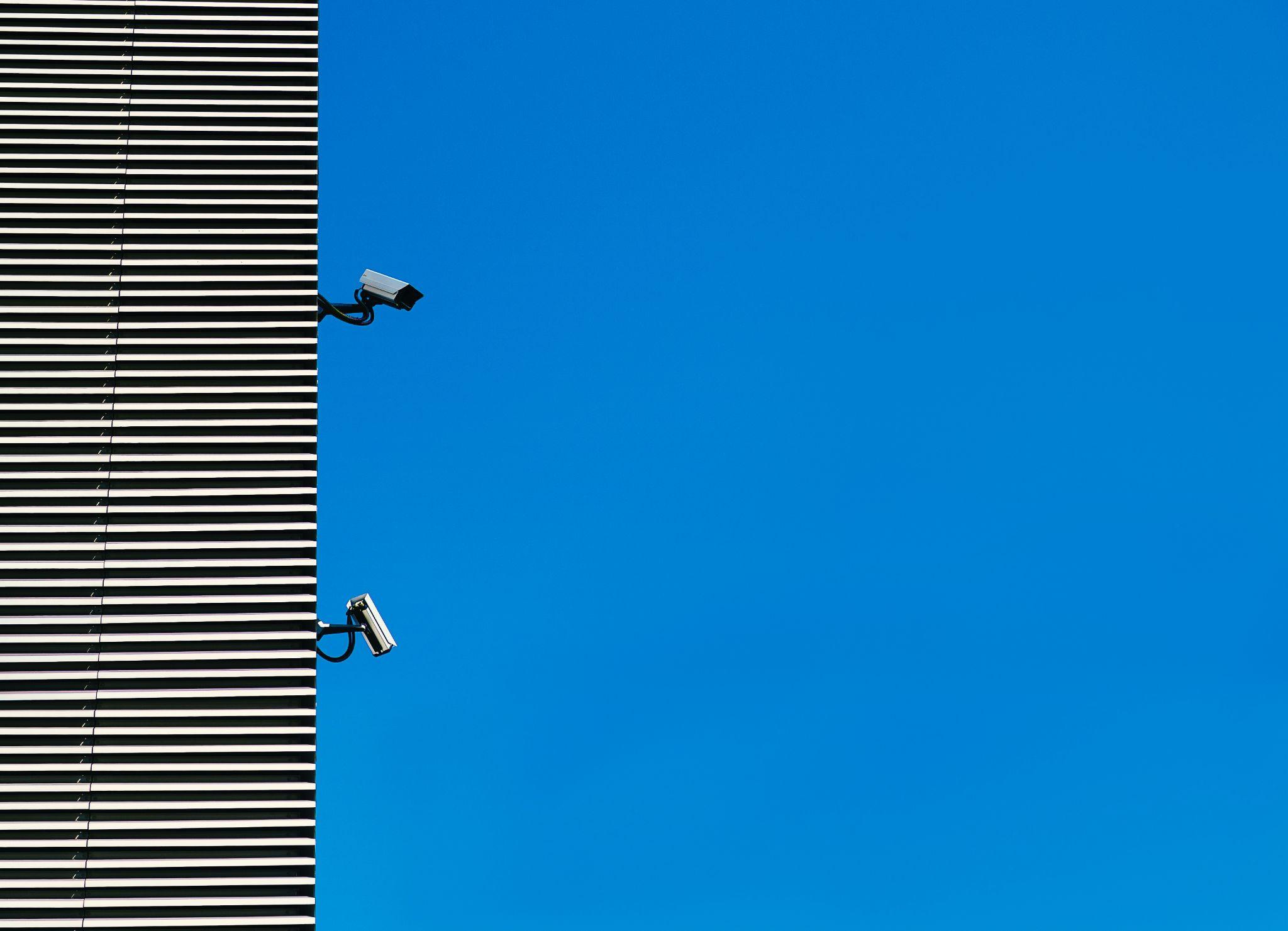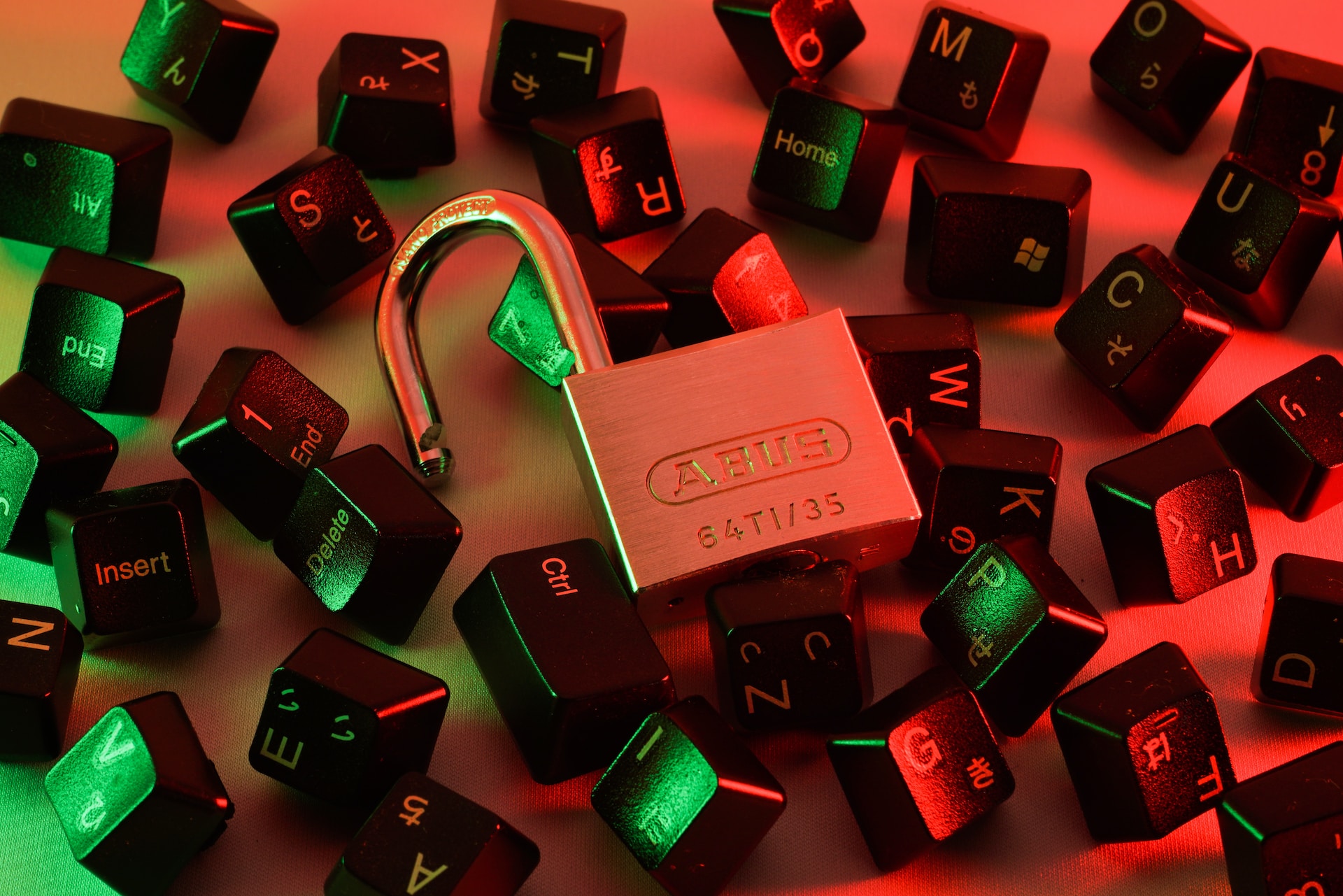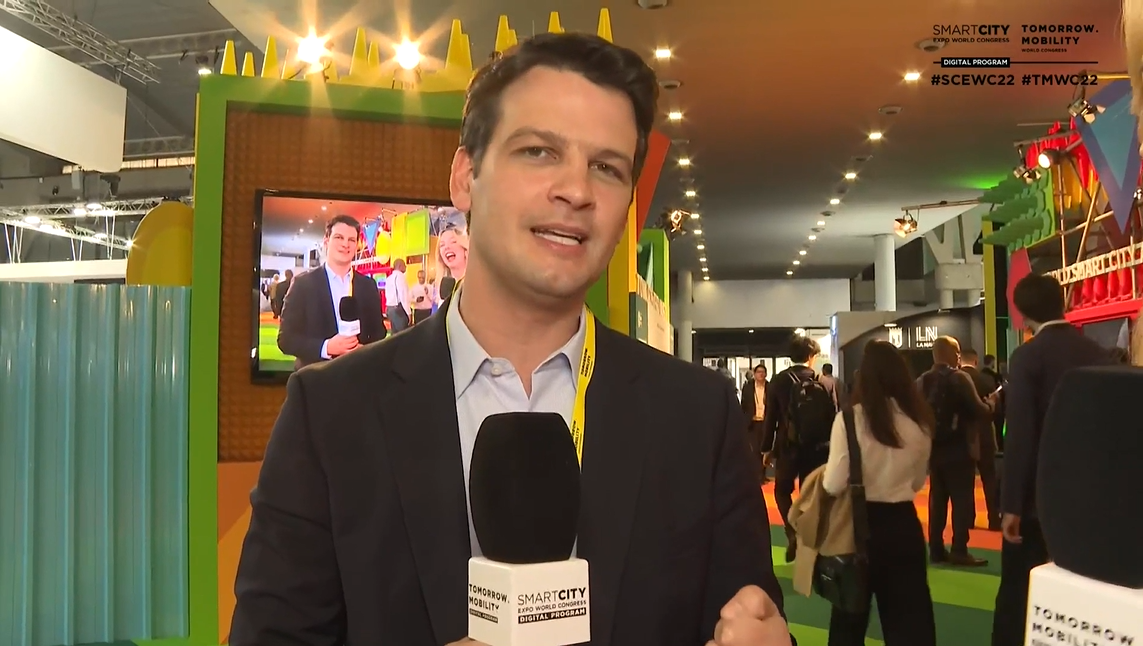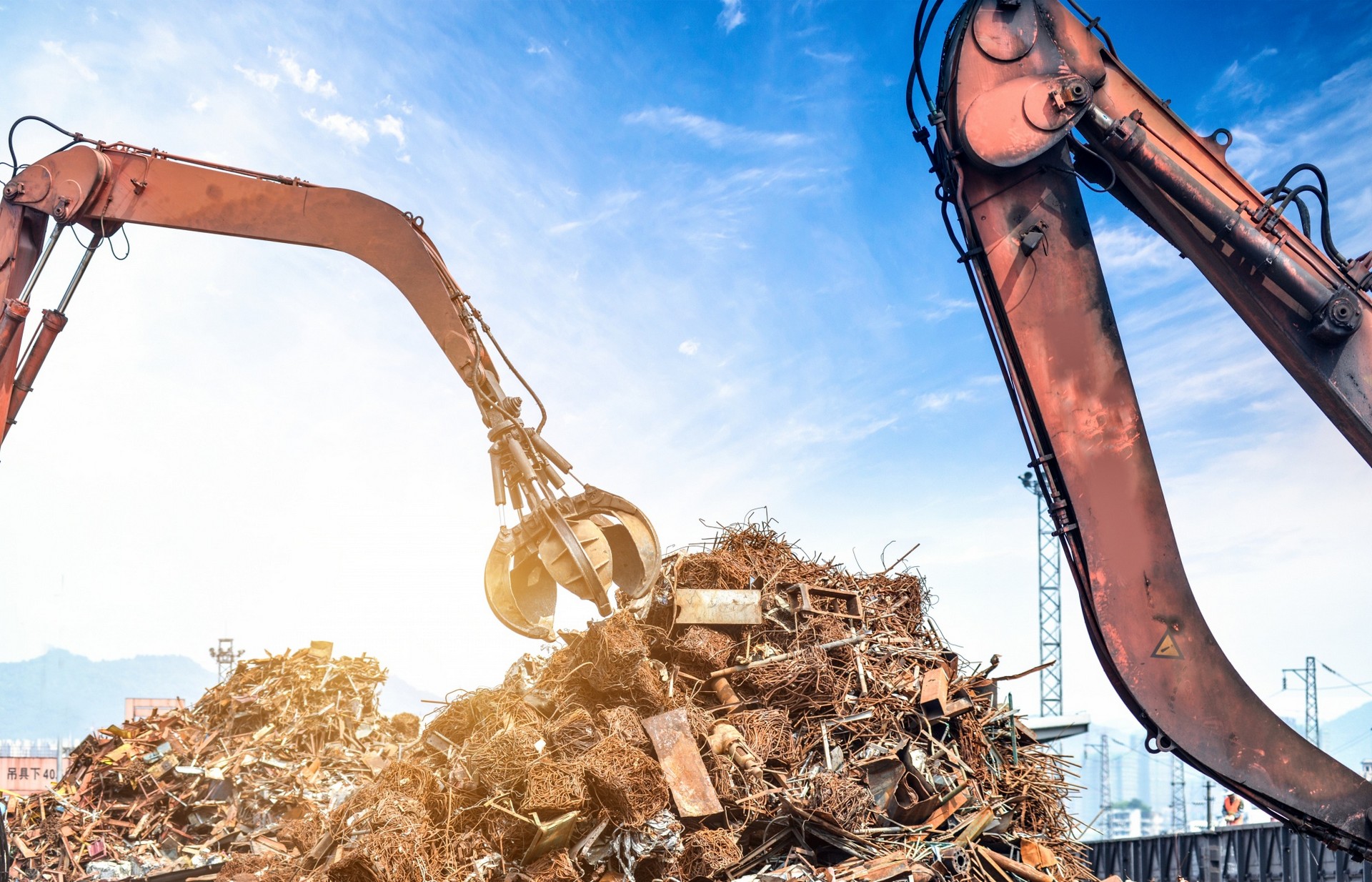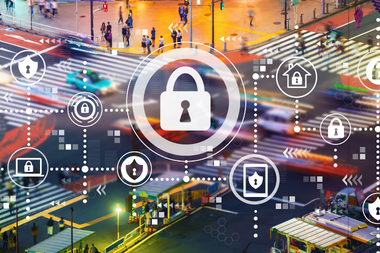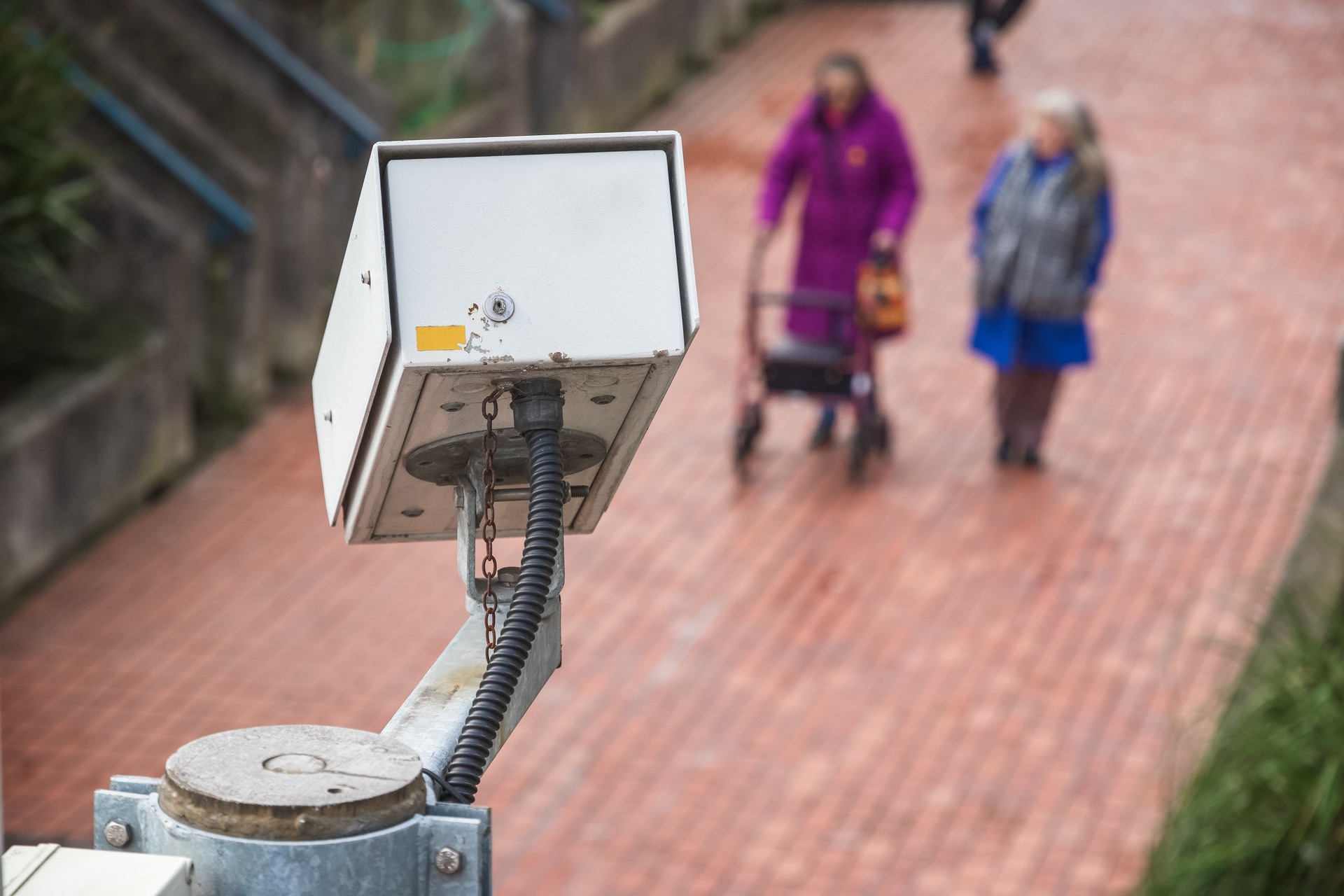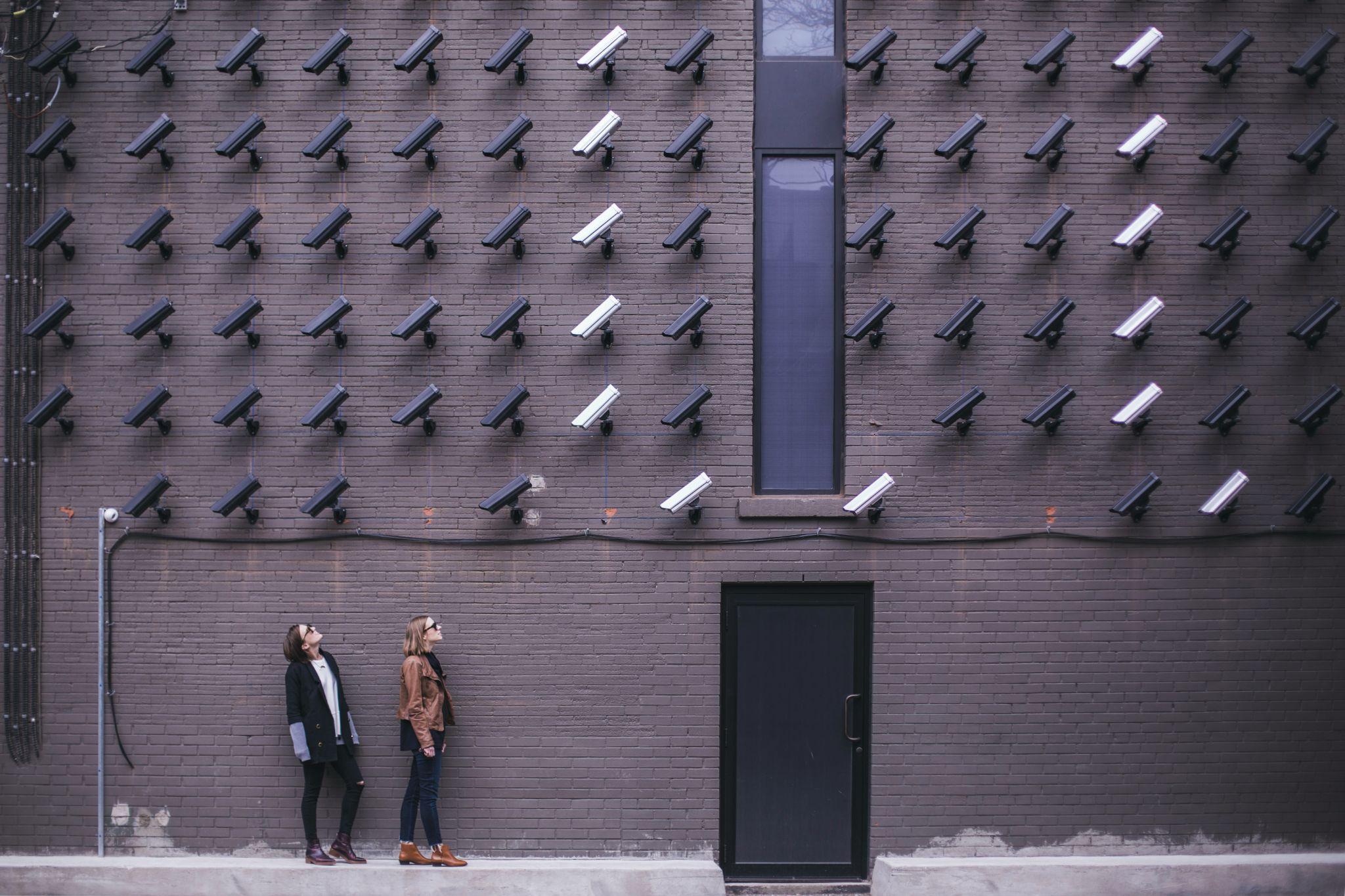Author | Elvira Esparza
Sound detectors trigger instant alerts upon identifying unusual acoustic signals, such as gunshots or cries for help. This enables emergency services to respond more rapidly while simultaneously enhancing public safety in smart cities and high-risk environments. Their use is being expanded in select cities to enhance public safety and security.
These sound detectors have demonstrated their effectiveness in high-conflict neighborhoods across the United States. After successful trials in cities, universities, hospitals, and industrial estates in the Czech Republic, these sound detectors are now being tested in the English cities of Birmingham and London.
Sound detectors and surveillance cameras in the United Kingdom
The United Kingdom is under the watch of over 5 million cameras, yet this extensive monitoring has not been sufficient to significantly reduce crime rates. In fact, recorded crimes in England and Wales have risen significantly, increasing from 4 million in 2013 to 6.6 million in 2023, according to Statista data. Delinquency has not been effectively reduced with existing surveillance systems, as they are primarily utilized for investigation and evidence collection after crimes have already occurred.
Furthermore, security forces and police face limited resources to monitor the vast amount of footage generated by surveillance cameras, often leading to delayed responses to criminal activities.
However, by integrating sound detectors into surveillance system infrastructures, incidents can be detected and addressed in real time, significantly enhancing response capabilities. Thanks to sound detectors, surveillance systems have evolved from passive recording devices to active monitoring tools capable of detecting and responding to incidents in real time.
As part of a pilot program in London, sound detectors have been deployed in urban areas with high crime rates to evaluate their effectiveness and gather data on incident detection rates. Additionally, security forces have undergone training to interpret the alerts generated by the detectors and incorporate this information into their operational protocols, ensuring a more effective and coordinated response.
Real-time alerts have significantly reduced the response times of security forces to incidents, leading to a decrease in crime rates and an overall increase in public safety for citizens. Furthermore, resources have been optimized as automated detection eliminates the need for continuous manual monitoring of surveillance footage, allowing for more efficient allocation of personnel and resources. Lastly, sound detectors serve a deterrent role, as criminals are aware that their actions can be detected more swiftly, discouraging unlawful behavior.
How do sound detectors work?
Sound detectors operate through a process that involves the following steps:
- They analyze ambient noises in the environment to establish a baseline of normal sound levels.
- They detect unusual sounds.
- The system classifies the detected sound and determines whether it fits within predefined categories of unwanted sounds.
- If the sound is classified as unwanted, the system triggers an alarm.
- The system reports the event, enabling a faster response.
What do sound detectors offer?
Sound detectors are integrated into infrastructures and offer:
- Real time supervision: This includes instant detection and classification of critical sound events.
- Improved response: The system generates immediate alerts for security forces or emergency personnel, enabling faster and more precise responses to incidents.
- Scalable technology: The system provides flexible implementation options, making it suitable for deployment in cities, airports, hospitals, and industrial complexes.
- Data-driven insights: The system includes analytical tools that help cities optimize security protocols and refine emergency response strategies based on collected data.
What sounds do the detectors capture?
Sound detectors are capable of identifying critical sounds, including calls for help, gunshots, explosions, glass breaking and other unusual noises. For example, they can detect gunshots within 5 seconds and at a distance of up to 250 meters away; glass breaking at a distance of 50 to 70 meters; and they can recognize panic shouts up to 150 meters away.
The system can detect and accurately classify sounds in real time by utilizing advanced audio analysis algorithms.
Once a sound is detected, the system can notify emergency services or security forces of the exact location of the incident. This reduces average response times by rescue services from 7 minutes to just 5 seconds.
Additional applications for sound detectors

These detectors have other uses, in fact, they have saved lives. In Dubai, sound detectors recorded the sounds of a nighttime street fight last year. The detector identified the incident and alerted the police, enabling them to intervene quickly and resolve the conflict. One of the individuals involved in the fight suffered a cardiac arrest, but thanks to the swift intervention of emergency services, the person survived.
These sound detectors are also used to monitor sound intensity, enabling the creation of heat maps to measure and analyze noise levels in specific areas. Heat maps highlight areas with the highest levels of acoustic pollution, identifying where sound barriers are needed to create healthier environments for the population. Thanks to this information, urban planners can design and implement sound barriers, adjust transportation infrastructure, or create peaceful, noise-free zones.
Do sound detectors affect privacy?
Sound detectors are designed solely to detect and alert authorities about specific sounds; they do not record audio, ensuring the privacy of individuals. They comply with the General Data Protection Regulation (GDPR). They also offer the added advantage of being installable both outdoors and indoors, including locations like restrooms, coat check rooms, and other areas where CCTV cameras cannot be placed.
Images | wavebreakmedia_micro/Freepik, Jack Lucas Smith/Unsplash






























